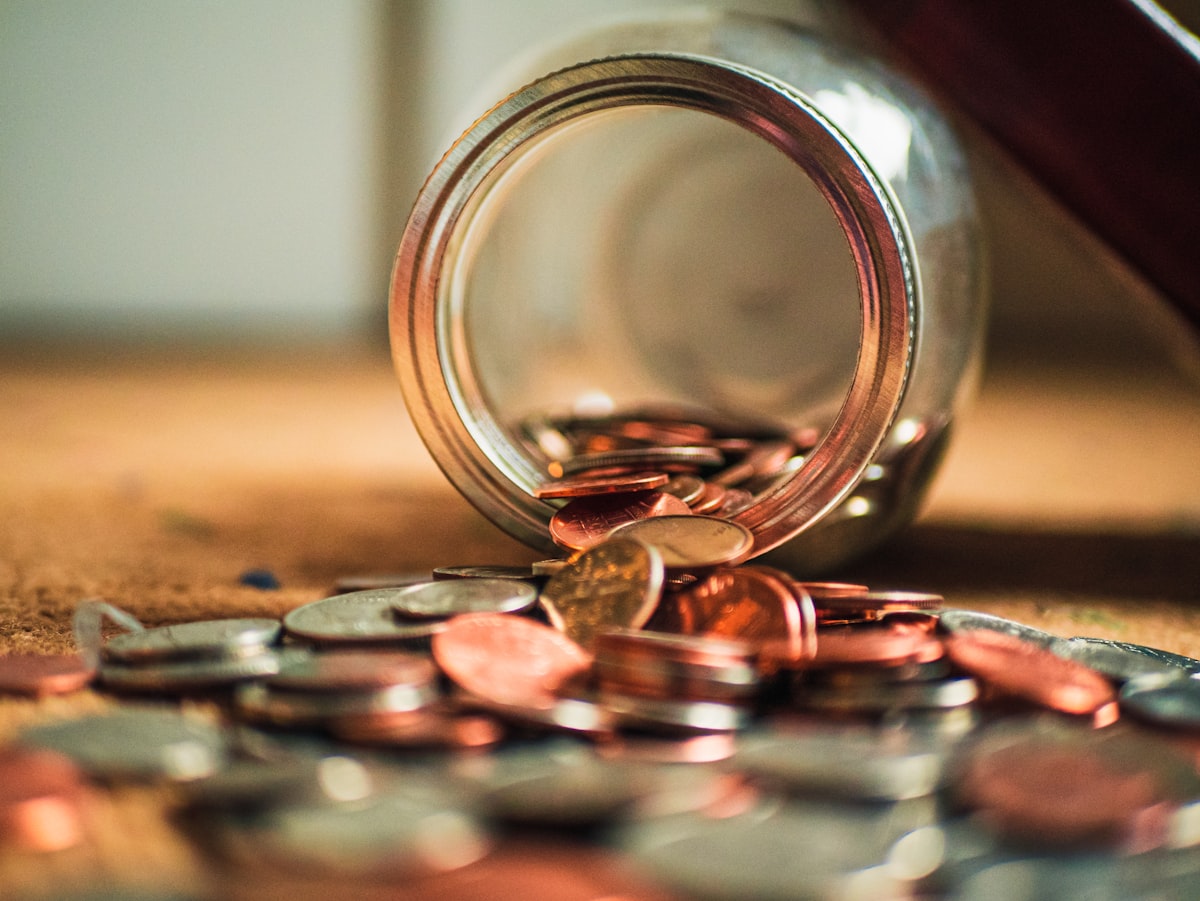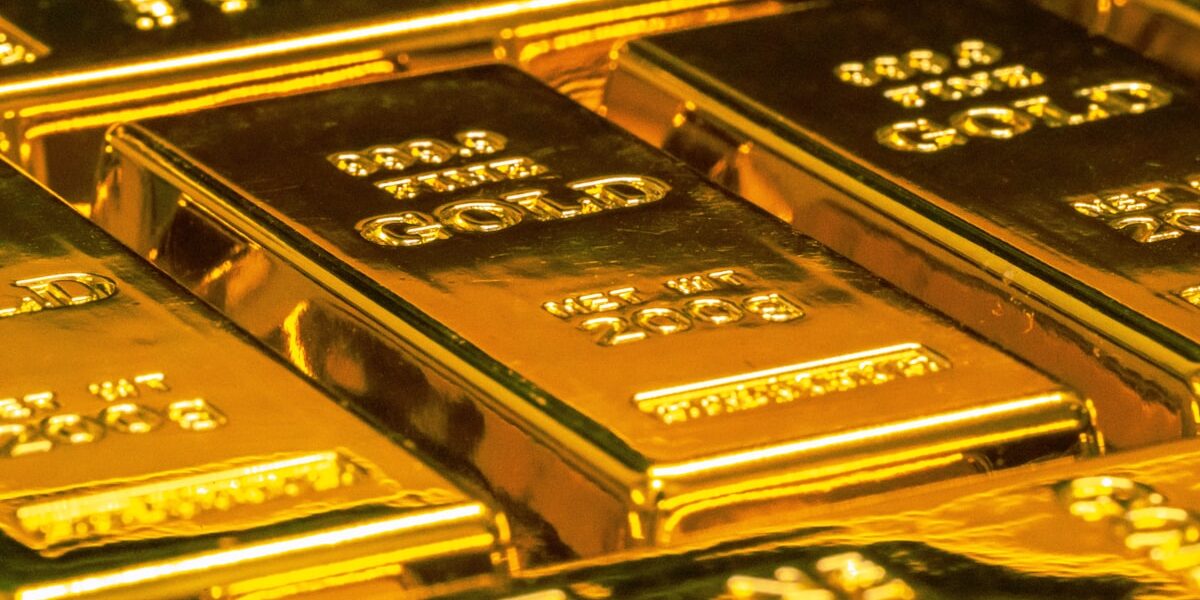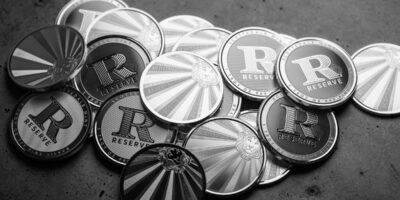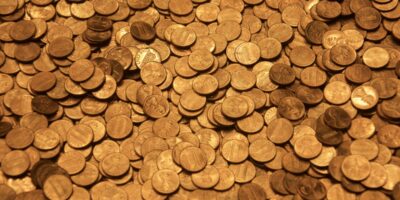Understanding the Composition of Silver Quarters
Quarters hold a fascinating place in American numismatic history. While today they are mostly copper-nickel clad coins, quarters once contained silver. This shift in composition carries historical significance.
The Era of Silver Quarters

In the United States, quarters minted between 1796 and 1964 primarily contained silver. The exact composition for the biggest part of that period was 90% silver and 10% copper. This blend gave the quarters their durability and distinctive coloration.
The decision to use silver dates back to the Coinage Act of 1792. This act established the decimal system and dictated silver to be used in coins like dimes, quarters, half dollars, and dollars. Each adhered to a specific weight and fineness of silver content.
Changes Post-1964
By 1965, the rising cost of silver made it impractical to continue using it in everyday coinage. The Coinage Act of 1965 transitioned quarters away from silver to the current composition of copper-nickel. The outer layer consists of 75% copper and 25% nickel, while the core is pure copper.
Collectible silver quarters remained in production under special circumstances even after 1964. Modern collector coins, like silver proof sets, often feature these silver compositions for their aesthetic and historic value.
Key Dates and Variations
Silver quarters from 1932 until 1964 are particularly sought after by collectors, owing to both their relatively higher mintage numbers and historical significance. The Washington Quarter, introduced in 1932, became a staple in American currency.
Certain years introduced small variety changes among silver quarters. These often result from differences in mint location or accidental variations. Such factors can influence your quarter’s collectible value significantly.
The Washington Quarter
The most popular series of silver quarters remains the Washington Quarter series. This series honored George Washington’s 200th birthday when introduced. From 1932 to 1964, these quarters retained the 90% silver content.
Over the years, small changes to the coin’s design preserved its classic look while modernizing certain details. Despite its aesthetic changes, the silver content remained unchanged until the 1965 transition.
Collecting Silver Quarters
Collecting silver quarters is a rewarding hobby for both novice and seasoned numismatists. Original coins often serve as fascinating historical artifacts. Their value can vary widely based on condition, mint location, and specific year of minting.
- Silver content: Each silver quarter contains approximately 0.1808 troy ounces of silver.
- Rarity: Mint errors or unusually low mintage years can cause a specific quarter to be particularly valuable.
- Condition: The preservation state can significantly influence collectible value. Pristine, uncirculated coins can fetch higher premiums.
How to Identify Silver Quarters
Determining whether a quarter is made of silver involves checking the date. Any quarter minted before 1965 might include silver. Additionally, visually inspecting the edge can offer clues: silver quarters lack the distinct copper-colored stripe found on copper-nickel coins.
Weight is another distinguishing feature. Silver quarters are slightly heavier than their modern counterparts, tipping scales at 6.25 grams on average while clad coins typically weigh around 5.67 grams.
Legacy and Impact
Silver quarters remain a testament to a bygone era of American coinage. They reflect economic patterns, such as the fluctuating value of silver, which impacted their production. As silver prices surged, it no longer made sense to use the metal for everyday currency.
Collectors cherish these quarters for their tangible connection to history and their enduring beauty. Not only does their monetary value appeal, but their contribution to the story of American currency holds an allure that cannot easily be quantified.
Modern Silver Quarters
Today, while circulation quarters are no longer minted in silver, the U.S. Mint produces silver versions for collectors. These include special edition sets and proof coins that replicate the classic 90% silver composition.
These modern coins embody craftsmanship and tradition. They cater to collectors who value the tactile link between past and present, providing a snapshot into the evolution of American coinage without regular circulation.
Conclusion
Quarters containing silver, especially those minted before 1965, represent a significant chapter in numismatic history. While the everyday utility of silver in coins has diminished due to economic considerations, the fascination they command among collectors and historians endures. The legacy of these coins continues as special edition silver quarters renew that historical connection for new generations.
Recommended Collecting Supplies
Coin Collection Book Holder Album – $9.99
312 pockets for coins of all sizes.
20x Magnifier Jewelry Loupe – $13.99
Essential tool for examining coins and stamps.
As an Amazon Associate, we earn from qualifying purchases.




Subscribe for Updates
Get the latest articles delivered to your inbox.
We respect your privacy. Unsubscribe anytime.